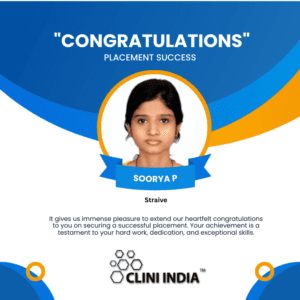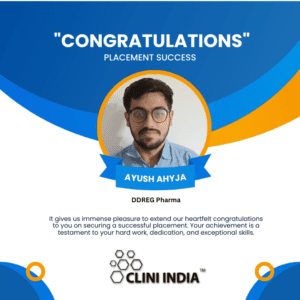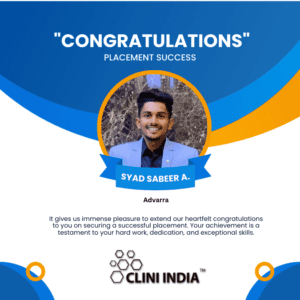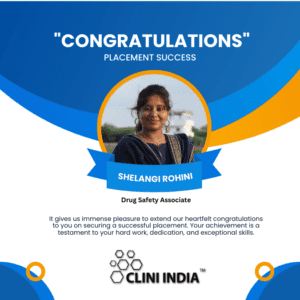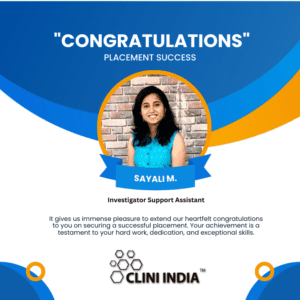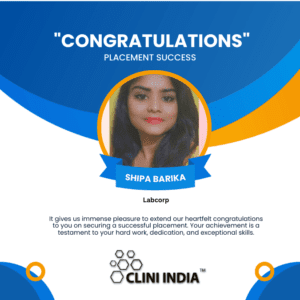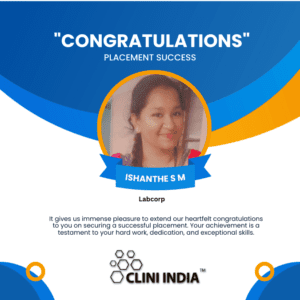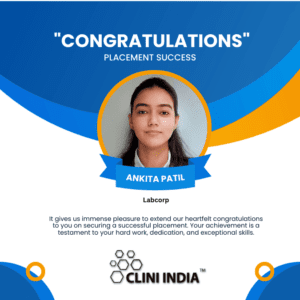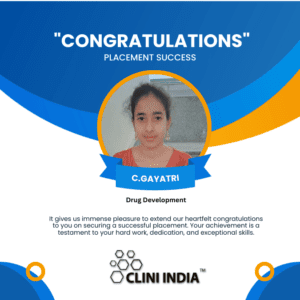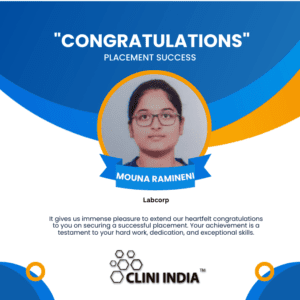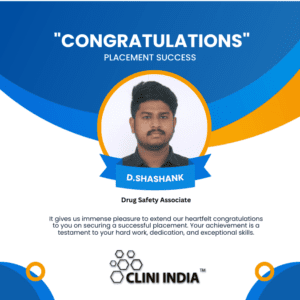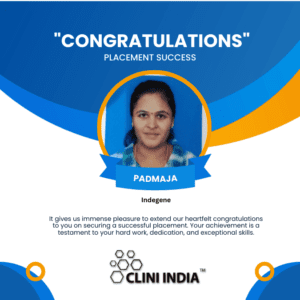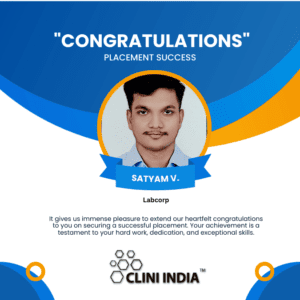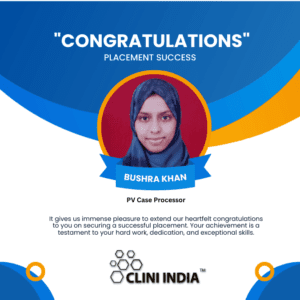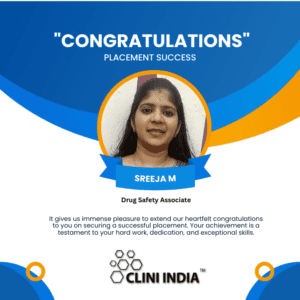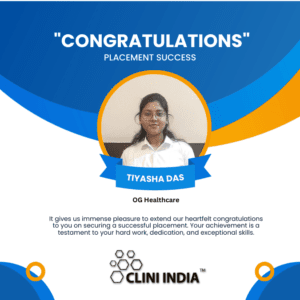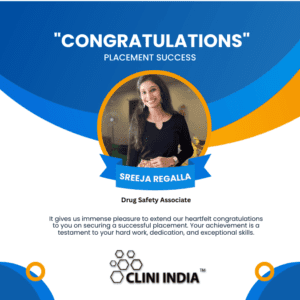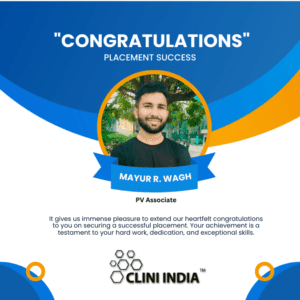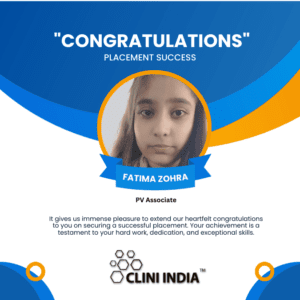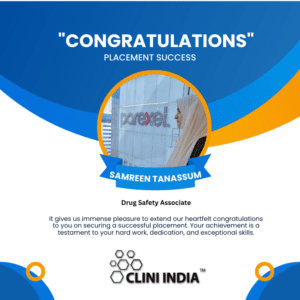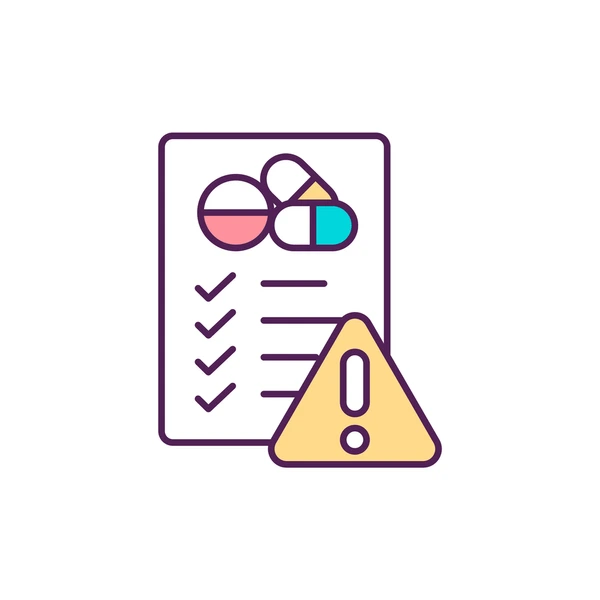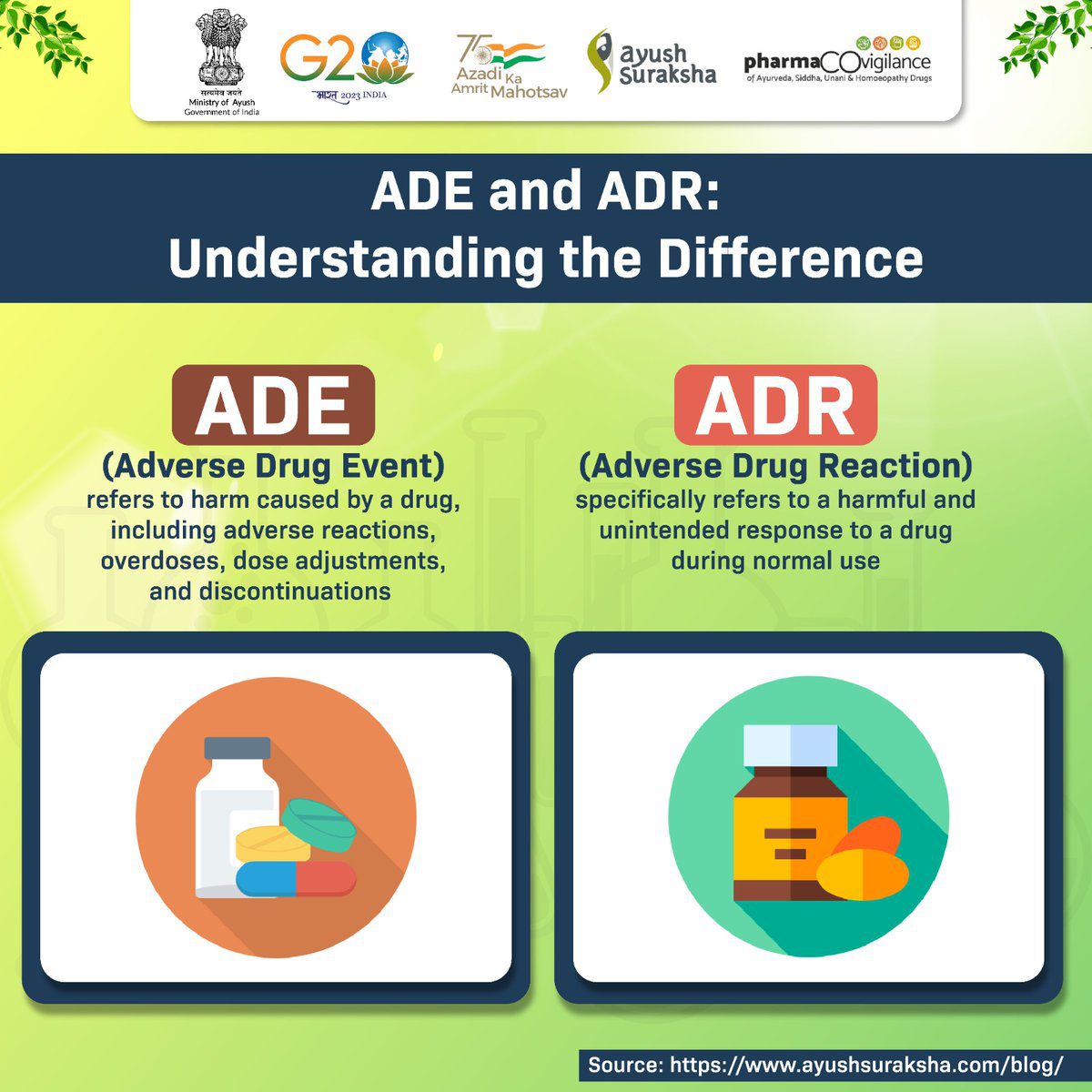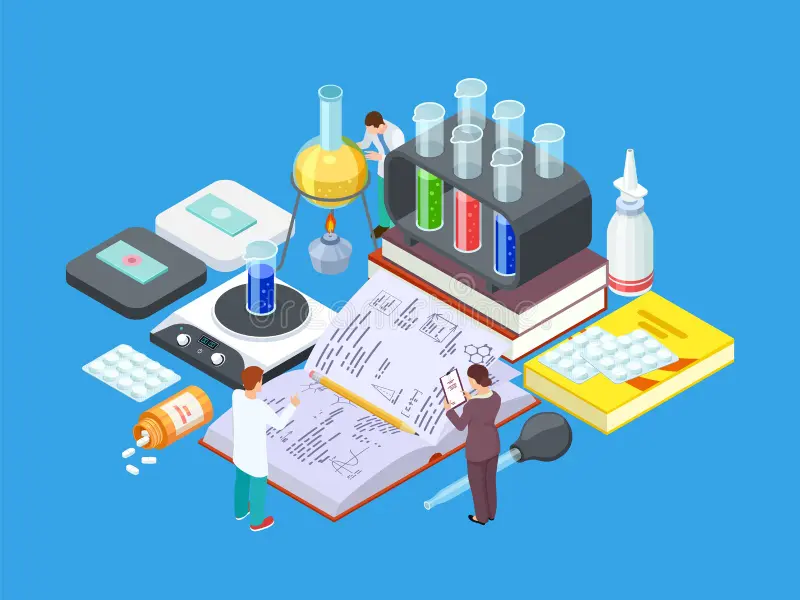
The Journey of a Drug: From Lab to Patient
The development of a drug is a long and intricate process that transforms a promising scientific discovery into a life-saving medication. This journey involves years of research, rigorous testing, and regulatory oversight to ensure the drug’s safety and efficacy. Below is an overview of the stages a drug undergoes from the lab to the patient.
1. Drug Discovery and Preclinical Research
The first step in the journey is identifying a potential treatment target and validating it through research.
- Target Identification: Scientists identify biological molecules, such as proteins or enzymes, that play a role in a disease.
- Screening Compounds: Chemical libraries are screened to find compounds that interact with the target.
- Lead Optimization: Promising compounds, called leads, are refined to improve their effectiveness and safety profile.
- Preclinical Testing: The optimized compound is tested in laboratories and on animals to evaluate its toxicity, pharmacokinetics, and pharmacodynamics.
At this stage, only a small fraction of compounds move forward due to strict safety criteria.
2. Clinical Trials
Once a drug passes preclinical testing, it enters the clinical trial phase, which involves testing on humans in three distinct phases:
- Phase I:
- Conducted on a small group of healthy volunteers (20–100 people).
- Focus: Assess safety, dosage, and side effects.
- Phase II:
- Involves a larger group of patients (100–300) with the targeted condition.
- Focus: Evaluate efficacy and further assess safety.
- Phase III:
- Conducted on thousands of patients (1,000–3,000) across multiple sites.
- Focus: Confirm effectiveness, monitor side effects, and compare with existing treatments.
Clinical trials are essential for determining whether the drug is safe and effective in humans.
3. Regulatory Review and Approval
After successful clinical trials, the drug’s data is submitted to regulatory authorities such as the FDA (U.S.), EMA (Europe), or CDSCO (India).
- The regulatory body reviews the drug’s safety, efficacy, and manufacturing process.
- If approved, the drug receives a marketing authorization and can be made available to patients.
- Any concerns raised during the review may result in additional testing or modifications.
4. Manufacturing and Distribution
Once approved, the drug is manufactured on a large scale.
- Strict quality control measures ensure consistency and safety in production.
- The drug is then distributed to pharmacies, hospitals, and healthcare facilities worldwide.
5. Post-Marketing Surveillance
Even after approval, the journey doesn’t end. The drug undergoes continuous monitoring to ensure its safety in real-world settings.
- Phase IV Clinical Trials: Evaluate long-term safety and effectiveness.
- Adverse Event Reporting: Regulatory bodies and pharmaceutical companies track and address any adverse effects reported by healthcare professionals or patients.
Conclusion
The journey of a drug, from lab to patient, is a testament to the collaboration of scientists, healthcare professionals, and regulatory authorities. While the process is time-consuming and resource-intensive, it ensures that new medications are safe, effective, and accessible to those who need them. This rigorous journey ultimately translates scientific innovation into improved health outcomes for patients worldwide.





